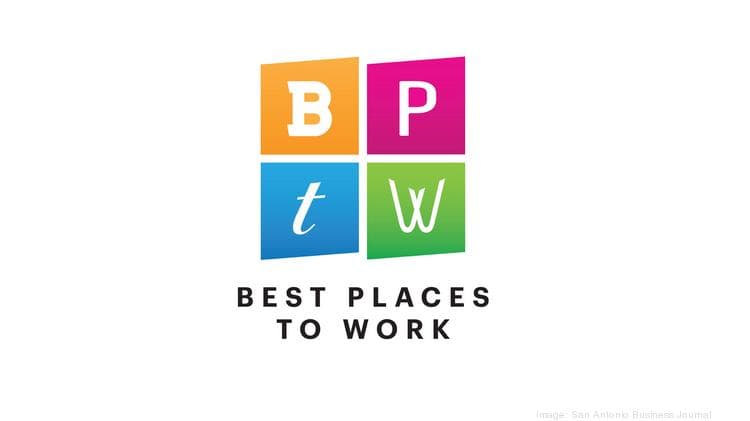It seems that all the business rules changed in 2020 because of the COVID-19 pandemic and that includes employee engagement in the United States.
Despite a shift overnight for many companies to a remote work model, employees reported record-levels of engagement during the year.
“Employee engagement has been a steady metric without sharp ups and downs since Gallup began tracking it in 2000 — with the exception of 2020,” Jim Harter, chief scientist for Workplace Management and Wellbeing, Gallup wrote in October. “This year, engagement levels have fluctuated more than ever before.”
It seems that nothing brings people together like a crisis.
Employee Engagement Swing Wildly in Summer 2020
Employee engagement, as measured by Gallup which studied 112,312 business and work units that included 2.7 million employees, was at 35 percent engaged just prior to the coronavirus crisis in March 2020.
Employee engagement swung wildly from May to July:
- In early May, as the pandemic forced shutdowns and stay-at-home orders, employee engagement, according to Gallup, hit a new high of 38 percent in the U.S.
- Just a month later, following protests and riots across the country, employee engagement plummeted to 31 percent in the U.S.
- Then from late June to mid-July, as companies responded to their workers’ concerns over the social unrest and as remote work policies became clearer, employee engagement hit an all-time high of 40 percent.
“After a roller-coaster summer of unprecedented volatility, U.S. employee engagement appears to have settled down,” Harter wrote.
Harter pointed out the stressors affecting employee engagement were:
- Ongoing pandemic and related restrictions.
- Mounting political tension as the election neared.
- Societal unrest surrounding racial tensions.
Overall Employee Engagement in 2020 at Historic High
Gallup’s latest measurements, covering a random sample of 5,044 full and part-time U.S. employees between July 13 to Sept. 27, put employee engagement at 36 percent, just ahead of the pre-pandemic level.
Gallup defines engaged employees as those “highly involved in, enthusiastic about and committed to their work and workplace”.
The level of actively disengaged employees was 13 percent. Gallup defines actively disengaged employees as those “who have miserable work experiences and spread their unhappiness to their colleagues”.
The other 51 percent of employees in the latest survey are “not engaged”, defined by Gallup as employees that are “psychologically unattached to their work and company”.
Gallup’s combined measurements for 2020 show employee engagement at 36 percent and actively disengaged at 14 percent for a 2.6-to-1 ratio of engaged to actively disengaged.“
If this level of employee engagement were to continue until the end of 2020, it would represent a slight increase from 2019 and another new high in the percentage of engaged workers from Gallup’s historic measurement,” Harter wrote.
Lessons Learned: How to Maintain Employee Engagement in 2021
Even as U.S. employee well-being hit a 12-year low early in the pandemic, employee engagement was soaring.
How could this happen? Gallup highlighted three factors:
- Improved Employer Response to Crisis: Companies focused on communication to prepare employees for their new roles during the pandemic. Managers kept in close contact with employees working remotely.
- Smaller Employment Base: Historic-high unemployment rates during the pandemic led to a smaller base of employees. Laid off employees were more likely to be unengaged prior to the pandemic.
- Employees Felt Fortunate to Have Work: With unemployment high and the economy struggling, employees still with jobs felt fortunate to be working and in proving their worth to their company they were more likely to be engaged.
Gallup surveyed 150 chief human resources officers of large companies worldwide to better understand how the world’s top HR leaders are maintaining high levels of engagement and productivity during the extended COVID-19 crisis.
Three key themes from this survey are a good roadmap for businesses looking to maintain employee engagement in 2021:
- Communicate, Communicate, Communicate: There is no such thing as too much communication during a crisis. Focus on two-way communication, receiving feedback from employees.
- Show You Care: Keep adding health and safety measures as needed. Management should show solidarity with front-line and on-site workers. Flexibility, tolerance, and support are key to relieve employee stress and anxiety.
- Inspire Employees: Use your company mission, purpose, and core values to inspire your workforce. Continue to recognize front-line employees and those taking on added responsibility, both publicly and privately.
Often, when it comes to employee engagement the emotional commitments outweigh material benefits.
Julie Camerion writing on HRZone: “Employee engagement is not about the satisfaction felt from receiving material benefits; rather it refers to the emotional commitment an employee has to their organization, specifically its vision, purpose and goals. This is the difference between extrinsic motivation and intrinsic motivation.”
Contact Employer Flexible today to see how we can help you and your employees during these trying times.






